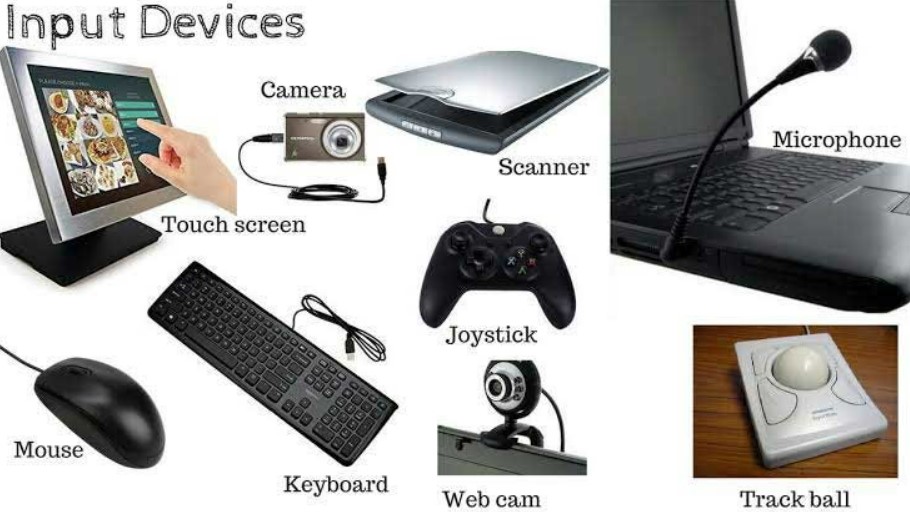Differences between Light Pen and Keyboard

In the world of computers, input devices play a crucial role in allowing users to interact with the system. Two commonly used input devices are the light pen and the keyboard. While both serve the purpose of inputting data, they have distinct differences that set them apart. In this article, we will explore the dissimilarities between these two devices and delve into the functionalities they offer.
Light Pen
The light pen is a handheld input device that allows users to directly interact with a computer screen by pointing to specific areas or objects. It operates by emitting a light beam that is detected by a sensor on the screen. This enables users to draw or make selections with precision. The light pen is commonly used in graphic design and CAD applications.
Keyboard
The keyboard, on the other hand, is a primary input device used for entering alphanumeric characters and commands into a computer. It consists of a set of keys arranged in a specific layout, including letters, numbers, symbols, and function keys. Keyboards are used extensively in various applications, ranging from typing documents to gaming and programming.
Differences between Light Pen and Keyboard
1. Functionality
The light pen primarily functions as a pointing device, allowing users to interact directly with the screen. It is used for tasks that require precision, such as drawing or selecting objects. On the other hand, the keyboard is primarily used for data entry and issuing commands to the computer. It provides a means for users to input text and control the computer’s functions.
2. User Interface
The light pen offers a more intuitive and natural user interface, as users can interact directly with objects on the screen by pointing. This makes it ideal for applications that require precise input, such as graphic design. In contrast, the keyboard relies on a predefined layout of keys, which may require users to memorize key combinations for specific functions.
3. Applications
The light pen finds its applications in areas such as graphic design, CAD (Computer-Aided Design), and specialized software that requires precise input. It is also commonly used in interactive presentations and educational settings. On the other hand, the keyboard is a universal input device that can be used in almost any computer application, including word processing, gaming, programming, and web browsing.
4. Ergonomics
In terms of ergonomics, the light pen offers a more comfortable and natural input method. Users can hold the pen in a relaxed position while interacting with the screen. However, prolonged use of the light pen may cause fatigue in the arm and hand. The keyboard, on the other hand, requires users to place their hands and fingers in a specific position, which may lead to repetitive strain injuries with prolonged use.
FAQs
1. Can a light pen be used with any computer?
No, a light pen can only be used with computers that have a compatible screen with a light pen sensor. Not all screens are equipped with this technology.
2. Are there any alternatives to a keyboard for data entry?
Yes, there are alternative input devices for data entry, such as touchscreens, voice recognition software, and virtual keyboards.
3. What are the advantages of using a keyboard over a light pen?
Keyboards offer a faster typing speed and are more suitable for tasks involving extensive typing. They also provide a tactile feedback that some users find more comfortable.
4. Can a light pen replace a mouse?
No, a light pen and a mouse serve different purposes. While a mouse is used for general pointing and navigation, a light pen is primarily used for precise input and drawing.
Conclusion
In summary, the light pen and the keyboard are two distinct input devices that offer different functionalities and applications. The light pen provides a direct and precise means of interaction with the screen, making it suitable for tasks that require accuracy. On the other hand, the keyboard is a versatile input device used for data entry and issuing commands. Understanding the differences between these devices can help users choose the appropriate input method based on their specific needs.







